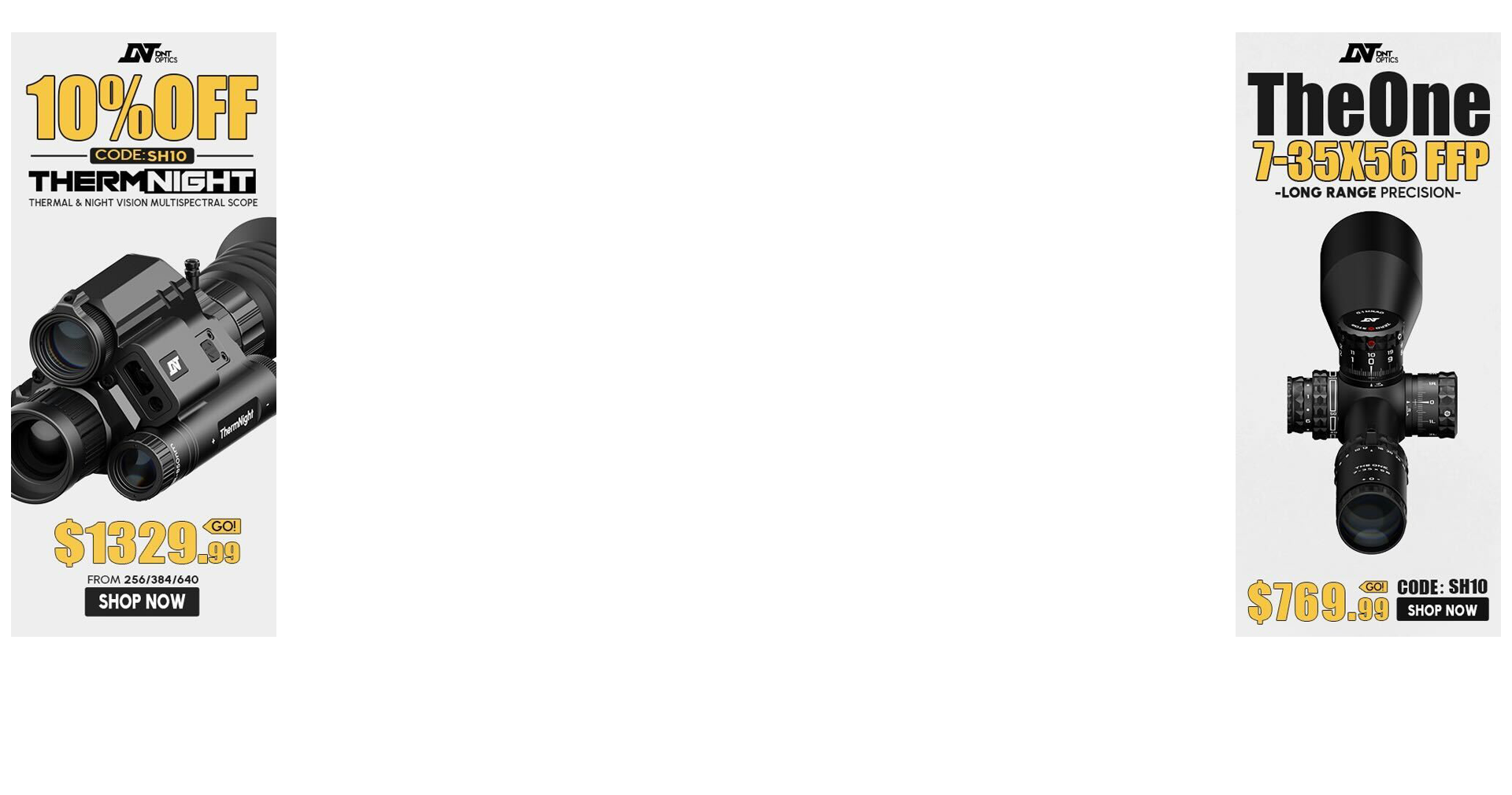Hello everyone. I have a rookie question and can't find my answer anywhere. Sorry in advance of irritating anyone.
I recently purchased a used Nightforce 3.5-15×50 NXS with NPR2 reticle. A buddy from work talked me into buying it. I put it on my Remington 700 260 and hit the range.
I used the reticle to hit all the different ranges from 100 yards to 600 yards. Zeroed at 100 yards being one hash mark above the cross hairs. 200 yards being the center cross hairs minus 2 clicks down. Done this all the way to 600 yards. Just using the reticle itself and maybe a click or two either way to find tune the group. I was thinking that's the way I should be using the scope. When I got home I started thinking maybe I should be using the center cross hairs and dialing up or down for different ranges.
If someone doesn't mind, can you tell me the proper way to use the scope? I've never have a scope with any type of mil dot before. In the pass just used a little Kentucky windage. The scope didn't have a user manual either.
Also if you click up and down. How do you know for sure how much to come up and down for different ranges?
If the has been discussed before on SnipersHide. I couldn't find it.
Thanks
I recently purchased a used Nightforce 3.5-15×50 NXS with NPR2 reticle. A buddy from work talked me into buying it. I put it on my Remington 700 260 and hit the range.
I used the reticle to hit all the different ranges from 100 yards to 600 yards. Zeroed at 100 yards being one hash mark above the cross hairs. 200 yards being the center cross hairs minus 2 clicks down. Done this all the way to 600 yards. Just using the reticle itself and maybe a click or two either way to find tune the group. I was thinking that's the way I should be using the scope. When I got home I started thinking maybe I should be using the center cross hairs and dialing up or down for different ranges.
If someone doesn't mind, can you tell me the proper way to use the scope? I've never have a scope with any type of mil dot before. In the pass just used a little Kentucky windage. The scope didn't have a user manual either.
Also if you click up and down. How do you know for sure how much to come up and down for different ranges?
If the has been discussed before on SnipersHide. I couldn't find it.
Thanks

